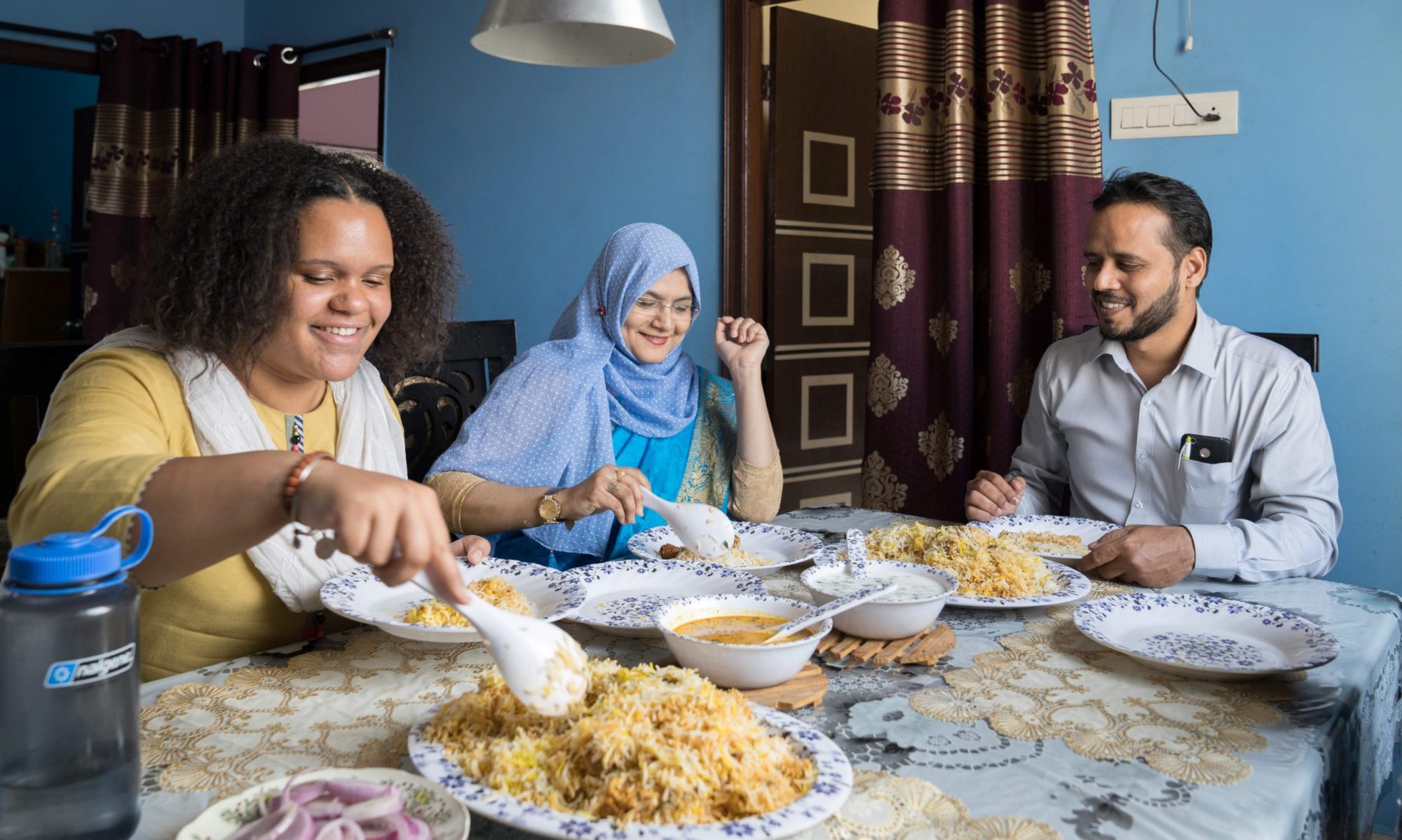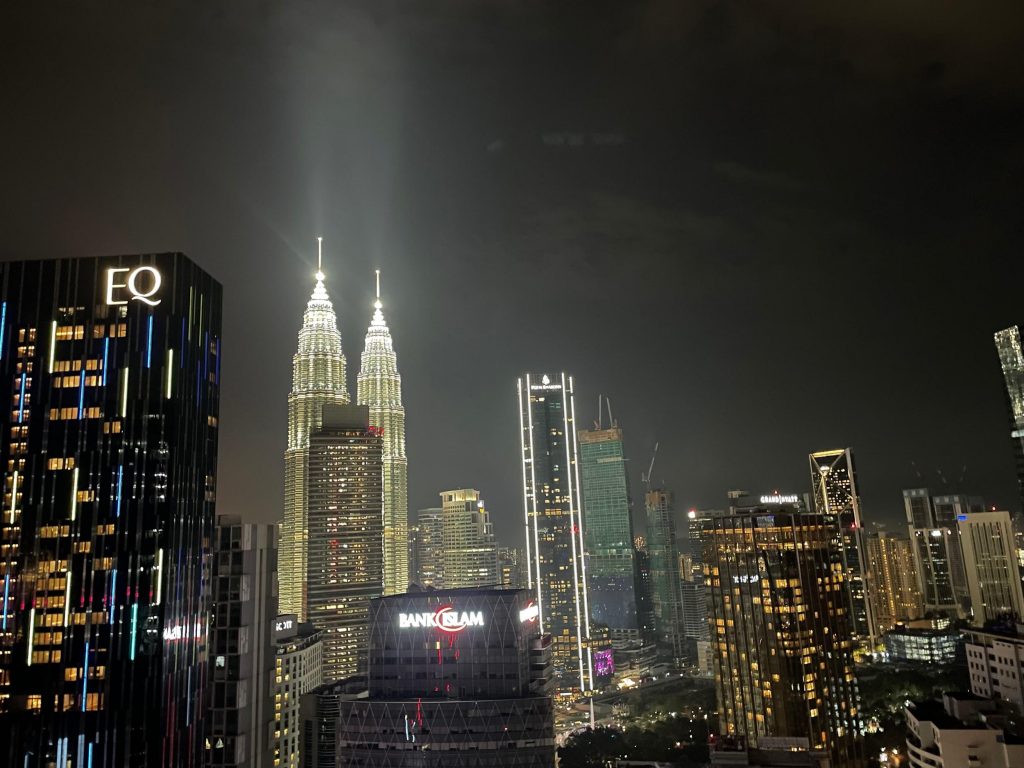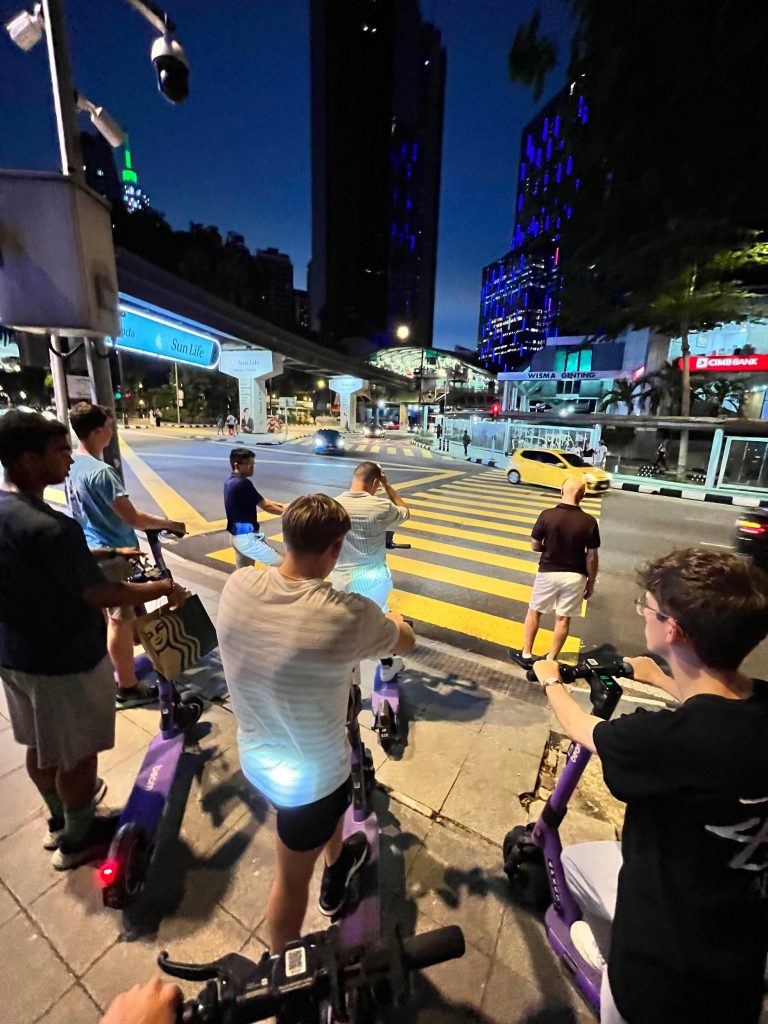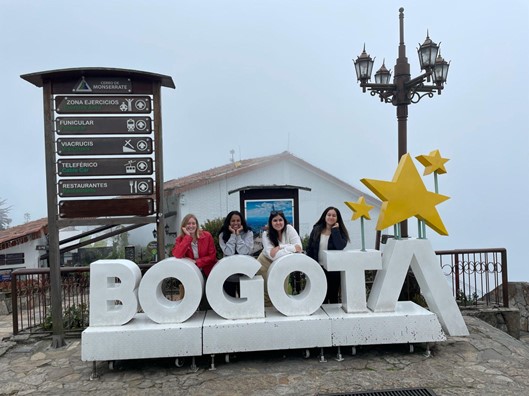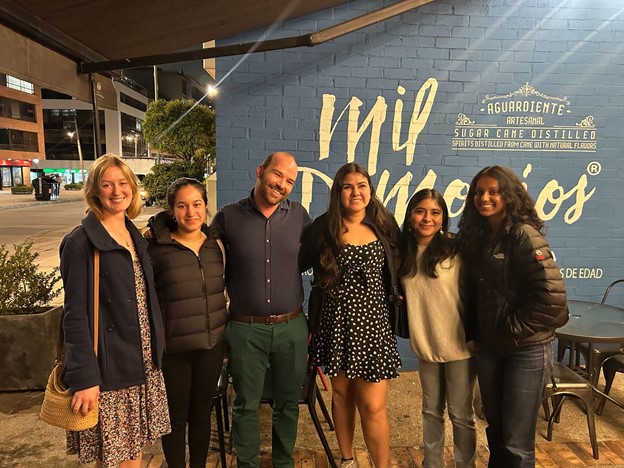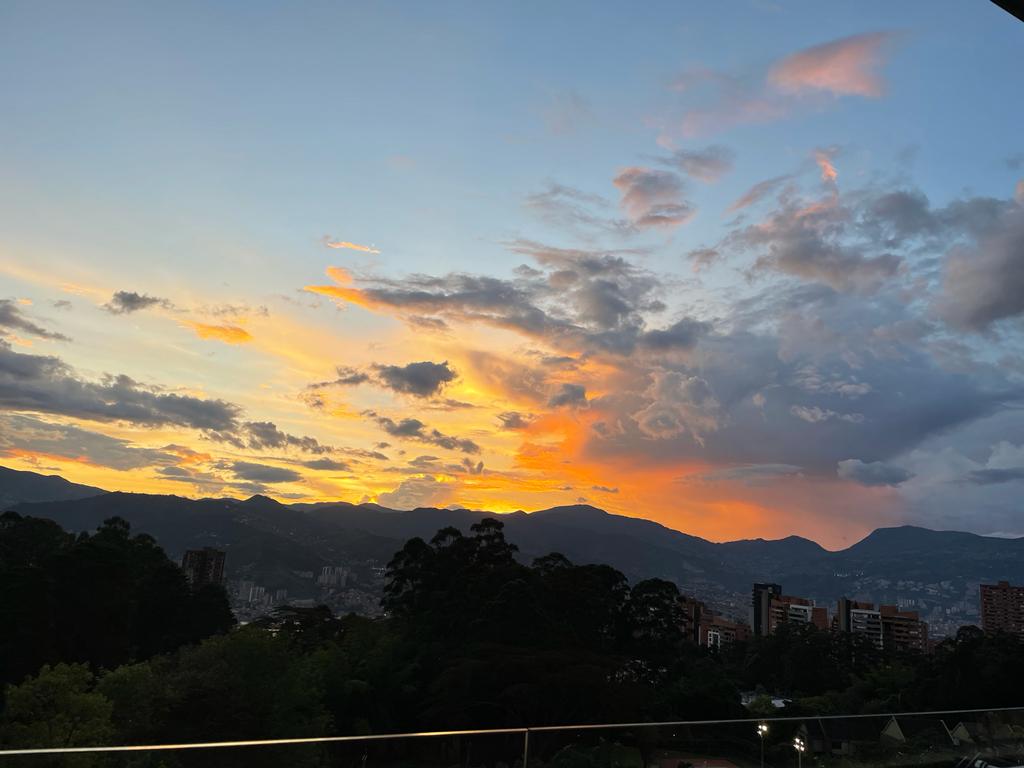By: Caroline Koon
We are officially over halfway through JRP 2023—one country down, one to go. Our week in Malaysia was fantastic; we met with so many incredible individuals and got to have some very interesting discussions. A particular highlight for me was our visit to the Malaysian Ministry of Defense. We had the privilege of talking with some high-ranking officials about maritime security and the 10-year plan laid out in the Defense White Paper. The comprehensive breakdown of Malaysia’s security strategy was great and we learned a lot. We wrapped up our time in Kuala Lumpur with a visit to the U.S. Embassy and then headed to Singapore.
Though we’ve only been here for a day, Singapore has exceeded our expectations. We were graciously greeted by several Singaporean USNA and USMA alumni for dinner. The food was good but, at risk of sounding cliché, the company was even better. Tufts, USNA, and USMA students chatted with these alumni, all currently serving in the Singaporean Armed Forces, about everything from public housing to how to be a global citizen. I know I speak for us all when I say we are grateful for such a warm welcome.
Looking forward, we’ve got a packed schedule. I’m writing this from a Grab (Southeast Asia’s Uber equivalent) as we head to our second meeting today (out of four!). It’s a busy trip, but I wouldn’t change a thing. I’m so thankful for the opportunities we have had so far and can’t wait for what the next week holds.
